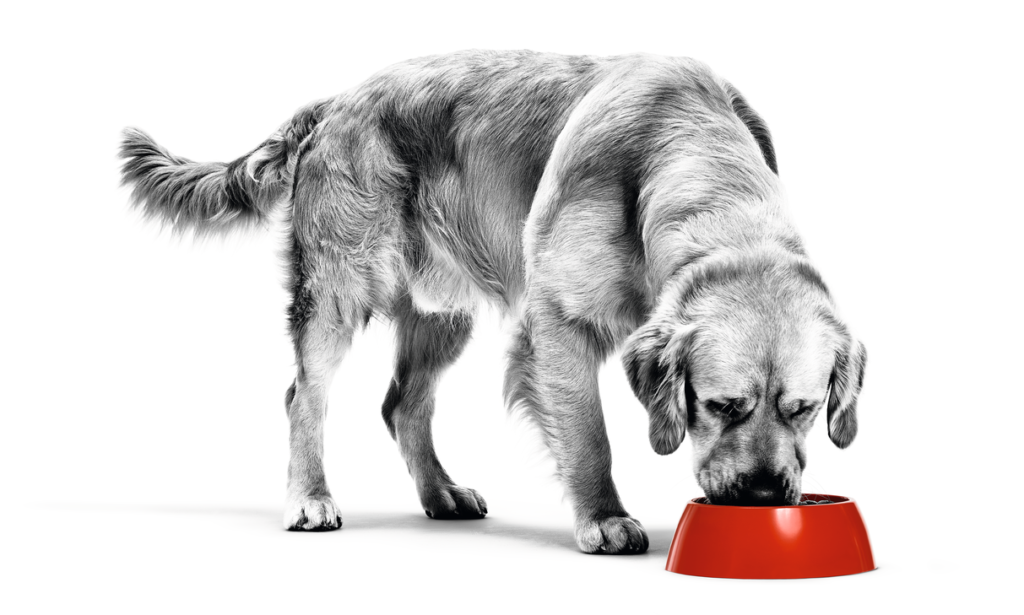Whether you and your dog have shared many sunny, summer days together, or this is your first summer with your new family addition, it’s important to know how to help your dog keep cool when the temperature heats up.
Water
It’s always essential for your dog to have access to fresh, clean water – but throughout the summer months, it’s a good idea to leave multiple bowls of cool water out for your dog.
Dogs lose water through panting and sweating, so increasing their water sources will help keep them hydrated in the heat.
Make sure the water bowls are spread out around the house and placed in cool, shady places where possible.
When you and your dog go for a walk, take some water with you and offer it to them at regular intervals to keep them cool and avoid dehydration.
Putting ice cubes in your dog’s water bowl, or giving them ice to eat will not harm them. However, the exception to this is if your dog is suffering from heat stroke; in which case do not give them any ice.
Walks
Walking dogs in very hot weather is strongly discouraged, particularly between 10am – 3pm when the sun is at its peak and UV rays are strongest.
However, it’s still important that your dog gets their daily exercise, so choose a time earlier in the morning and later in the evening when it’s a cooler, safer temperature for your dog’s walk. It’s also a good idea to walk them in a place that has natural shade and water.
Dogs don’t wear shoes, so they can easily burn their feet on pavement that’s too hot. A good way to test whether it’s too hot to walk your dog is by touching the pavement with your hand; if it’s too hot for you, it will be too hot for them.
When you do take your dog out, letting them cool off in a small lake or a stream is a good idea, as long as it doesn’t look too dirty or dangerous. It’s also important to make sure you don’t overdo it, give them enough time to exercise and explore, but don’t keep them outside for too long.
Heat Stroke
Heat stroke in dogs can occur when their temperature can’t be reduced by panting – essentially, their bodies overheat.
Heat stroke can be life threatening, that’s why it’s crucial to know the symptoms of heat stroke in dogs so that you can act fast if you need to:
- Lethargy, drowsiness or unsteadiness
- Rapid, shallow breathing
- Excessive drooling
- Vomiting
- Dry gums
If you think your dog may be suffering from heat stroke, contact your vet straight away for emergency advice. Make sure your dog is in the shadiest spot possible and, if they allow you to, dampen their paws and coat with a cool compress and give them fresh water to drink.
Never leave your dog alone in a car, even if the windows are open and even if it’s just for a few minutes. Cars heat up very quickly – especially on hot days – and the bottom line is that leaving your dog alone in a hot car could kill them.
Read the RSPCA’s extremely useful article that explains what to do if you see a dog alone in a car on a warm day.
Extra Support
Our ROYAL CANIN® Rehydration Support sachets are specially formulated to replace lost fluids and electrolytes in your dog when they’re experiencing mild dehydration. However, it’s important to seek veterinary advice first and foremost; this product can be provided by your vet if necessary.
Sunscreen spray for dogs is also available for that extra peace of mind in the summer months. Again, consult your vet for advice on suitable products before purchasing any.
Cooling pads for dogs are available from various retailers – your vet can recommend products that have proven successful.
So, now that you know how to keep your dog cool for the summer, you and your canine companion can enjoy the warm weather safely and responsibly.
If you’re planning on travelling with a dog this summer, check out these handy tips to help plan your journey!